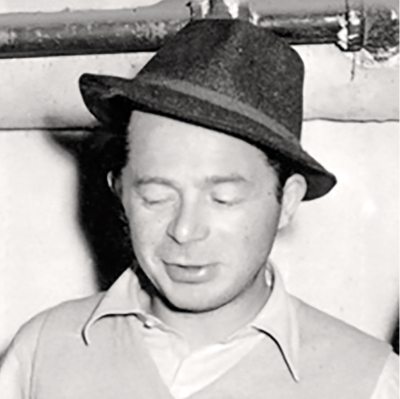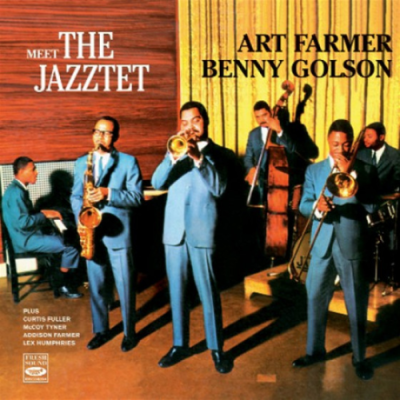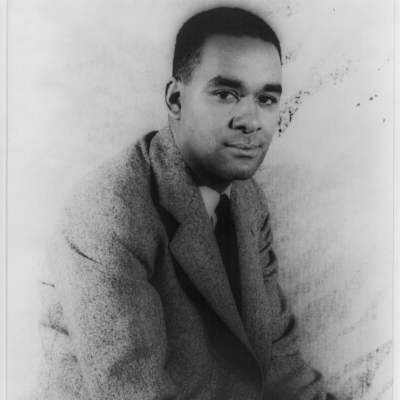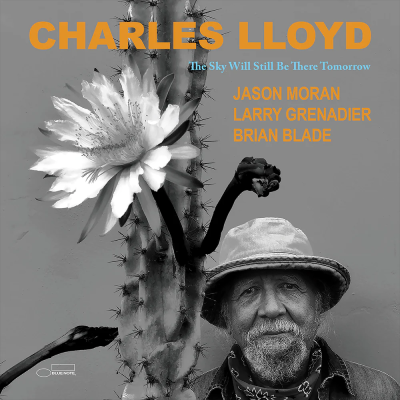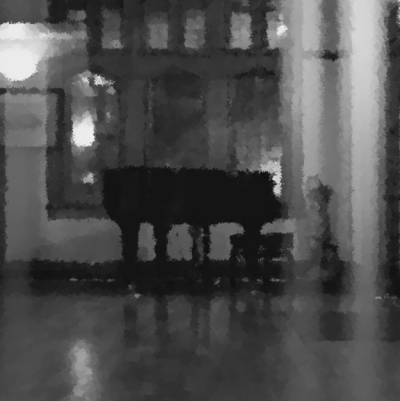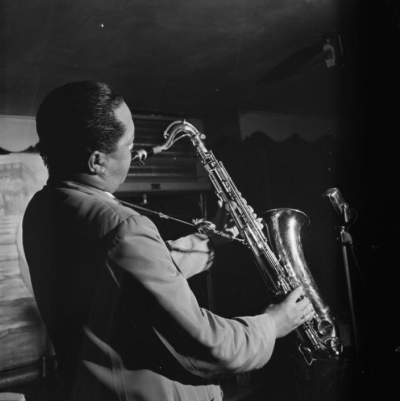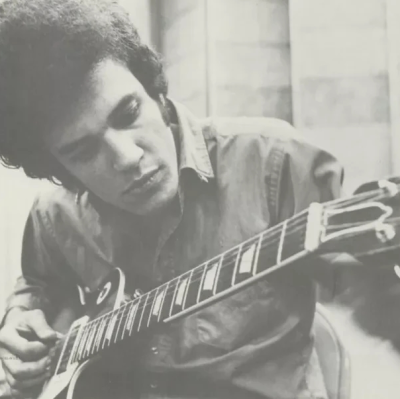.
.
The correct answer is Paul Horn!
.
.
When one evaluates Paul Horn’s career, it is as if he were two people, pre- and post-1967. In his early days, Horn was an excellent cool-toned altoist and flutist, while later he became a new age flutist whose music is often best used as background music for meditation. Horn started on piano when he was four and switched to alto at the age of 12. After a stint with the Sauter-Finegan Orchestra on tenor, Horn was Buddy Collette’s’s replacement with the popular Chico Hamilton Quintet (1956-1958), playing alto, flute, and clarinet. He became a studio musician in Los Angeles, but also found time during 1957-1966 to record cool jazz albums for Dot (later reissued on Impulse), World Pacific, Hi Fi Jazz, Columbia, and RCA, and he participated in a memorable live session with Cal Tjader in 1959. In addition, in 1964, Horn recorded one of the first Jazz Masses, utilizing an orchestra arranged by Lalo Schifrin.
In 1967, the second part of Paul Horn’s career began; he studied transcendental meditation in India and became a teacher. The following year, he recorded unaccompanied flute solos at the Taj Mahal (where he enjoyed interacting with the echoes), and went on to record in the Great Pyramid, tour China (1979) and the Soviet Union, record using the sounds of killer whales as “accompaniment,” and found his own label Golden Flute.
-Scott Yanow, for the All Music Guide to Jazz
.
.
Paul Horn’s Quintet plays “On Green Dolphin Street,” a film from the early 1960’s
.
“Soul Travel”
.
.
Play another Jazz History Quiz!
.
.
.








